13 Unbelievable Ways Dogs Show They Understand Human Emotions

Dogs have evolved alongside humans for thousands of years, developing an uncanny ability to read our feelings. That special connection isn’t just your imagination working overtime.
Scientific research has shown that our furry companions possess remarkable emotional intelligence, allowing them to tune into our moods, respond to our feelings, and offer comfort when we need it most.
1. Face Reading Masters

Dogs can distinguish between happy and angry human facial expressions with remarkable accuracy. When shown photos of different emotional faces, they respond differently to smiles versus frowns.
This skill develops through living with humans and observing our reactions. Your dog watches your face hundreds of times daily, building a mental catalog of your expressions and what they mean.
2. Hormone Detectors

Your furry friend can actually smell changes in your body chemistry. When you’re stressed, your body releases cortisol, which dogs can detect through their powerful noses.
Similarly, they sense oxytocin when you’re happy or in love. This chemical detection system gives them insights into your emotional state before you even realize your own feelings have changed.
3. Synchronized Yawning

Ever noticed your dog yawn after you do? This isn’t coincidence but a form of emotional contagion similar to human empathy. Studies show dogs catch human yawns most often with their owners.
This response indicates they’re emotionally connected to you. The fascinating part? Dogs rarely catch yawns from strangers, suggesting this reaction is relationship-specific and tied to emotional bonds.
4. Mood-Matching Behavior

Dogs naturally mirror their owners’ energy levels and emotional states. When you’re excited, your dog becomes playful. When you’re calm, they settle down beside you.
This emotional synchronization helps strengthen your bond. Dogs evolved this ability to better integrate into human social groups, making them more valuable companions throughout history.
5. Comfort During Crying
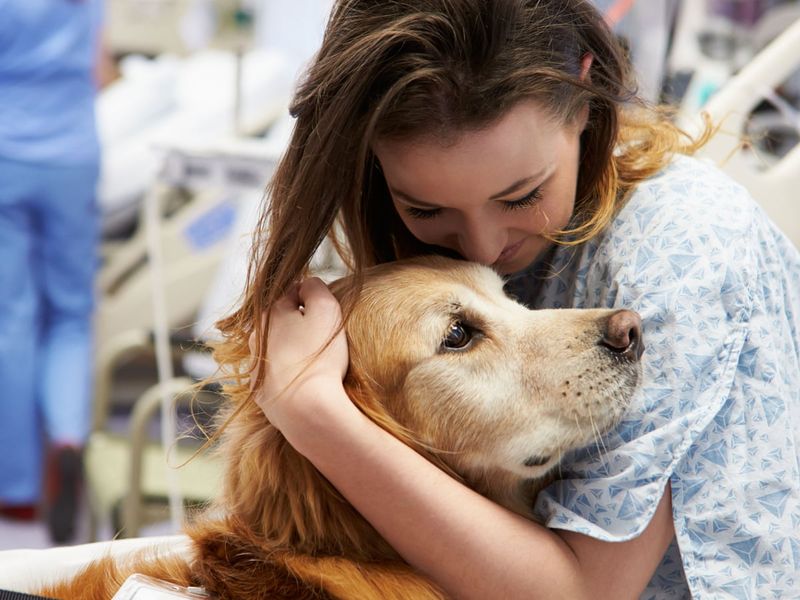
When tears flow, many dogs immediately approach their owners, offering nudges, licks, or simply pressing against them. This behavior isn’t random; research shows dogs experience elevated stress hormones when hearing human cries.
They’re genuinely responding to your distress. Some dogs will even bring favorite toys as offerings, their way of sharing something that brings them joy when you’re sad.
6. Protective Instincts Activation
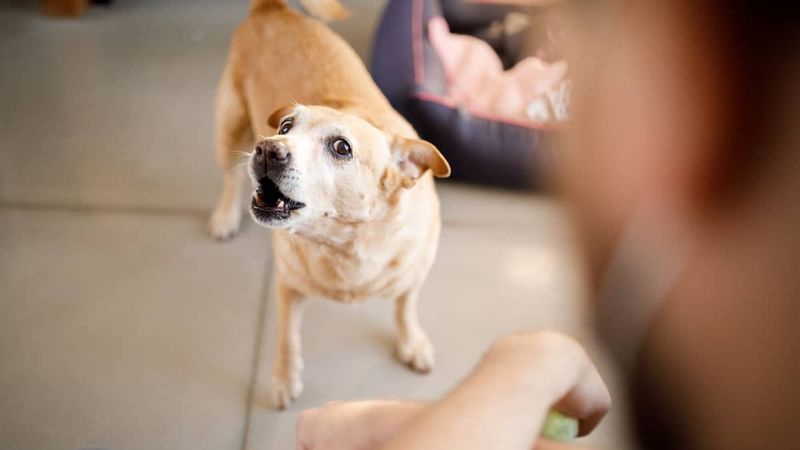
Dogs become notably more alert and protective when sensing fear in their humans. Your racing heartbeat and subtle body language changes signal potential danger to your canine companion.
Many owners report their normally friendly dogs becoming standoffish toward strangers when they feel anxious. This ancient protective response helped early humans survive threats and continues in modern dogs despite domestication.
7. Joy Celebrations

When you’re happy, your dog doesn’t just notice it, they celebrate it! Those excited spins, play bows, and wiggling bodies aren’t random expressions of energy.
They’re responding specifically to your positive emotional state. Research shows dogs display more animated behaviors when their humans express joy versus neutral emotions. This shared happiness strengthens your bond and increases oxytocin levels in both of you.
8. Conflict Sensitivity
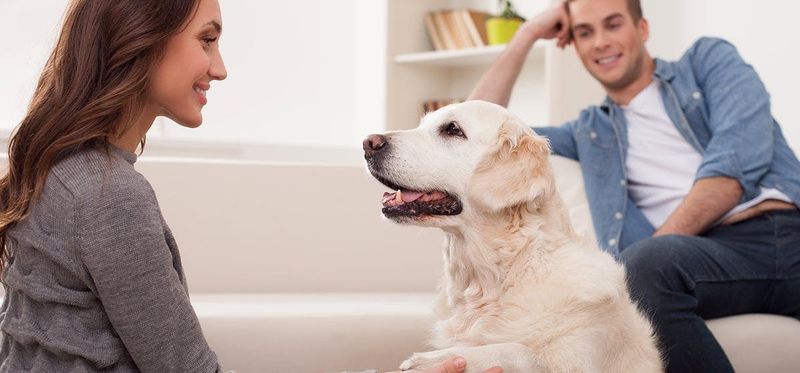
Dogs show remarkable awareness during human arguments. Many become visibly distressed during household conflicts, often attempting to intervene by barking, whining, or physically inserting themselves between arguing parties.
This behavior stems from their pack mentality where harmony ensures survival. Your dog isn’t just reacting to loud voices but genuinely responding to the emotional discord they sense between family members.
9. Voice Tone Recognition
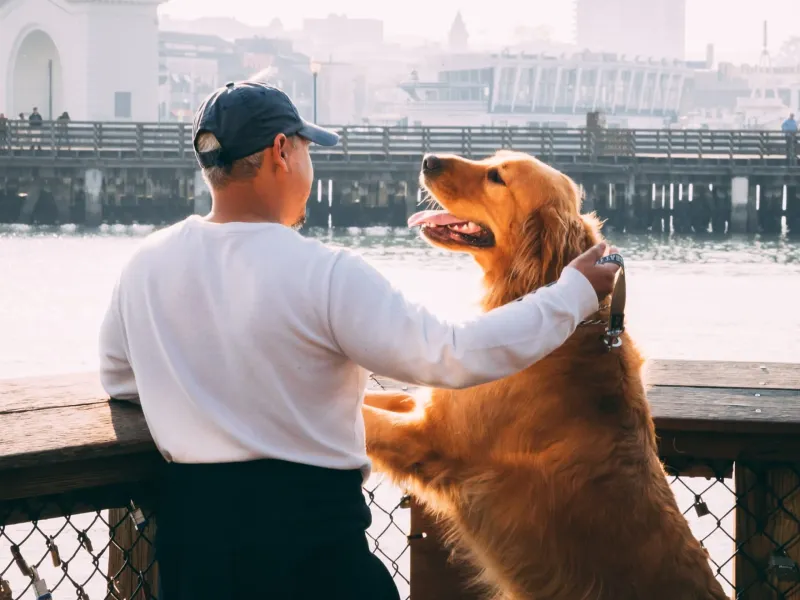
Dogs don’t understand most words but excel at interpreting vocal tones. They distinguish between angry, happy, sad, and fearful voice inflections with remarkable accuracy.
Brain scans show dogs process emotional vocalizations in the same brain regions as humans. Your pup responds differently to identical words spoken in varying emotional tones, proving they’re tuning into how you speak rather than just what you say.
10. Illness Detection
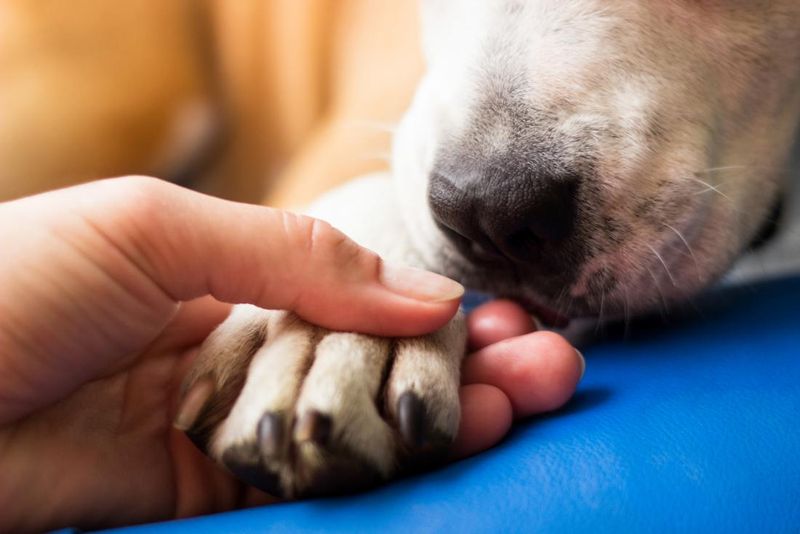
Dogs often show unusual attentiveness when owners are sick, sometimes before symptoms become obvious. This isn’t just coincidence but relates to their ability to detect subtle body chemistry changes.
Many people report their dogs becoming gentler and more attentive during illness. Some dogs can even detect serious conditions like cancer, diabetes, or impending seizures through scent changes in their humans.
11. Separation Anxiety Awareness

Dogs begin reading departure cues long before you leave. They notice subtle changes in your routine, like putting on shoes or grabbing keys, and start showing stress responses.
This anticipatory anxiety shows they understand the emotional impact of separation. Dogs with strong bonds often follow their owners room-to-room before departures, attempting to prevent the emotional distress they know is coming.
12. Jealousy Displays

When you pay attention to another person or pet, many dogs nudge their way between you. This behavior demonstrates their understanding of social relationships and emotional attachments.
Studies confirm dogs show classic jealousy markers similar to human children. They perceive threats to important relationships and act to preserve their emotional connection with you. This sophisticated social awareness exceeds what most animals demonstrate.
13. Dream State Monitoring

Dogs often wake and check on owners during nightmares or restless sleep. They detect changes in breathing, movement patterns, and stress hormones released during disturbing dreams.
Many people report their dogs gently pawing or licking them during bad dreams. This nighttime emotional monitoring shows how constantly tuned in dogs remain to their humans’ emotional states, even during sleep.






